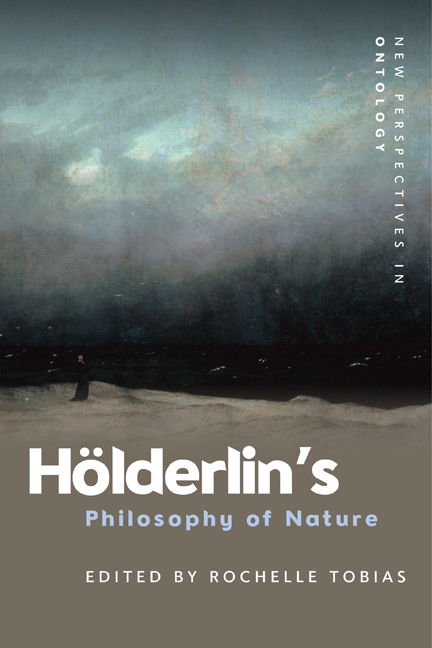12 - Not Rhythm
Published online by Cambridge University Press: 08 October 2020
Summary
In an 1840 text loosely based on old letters and memories of conversations that had taken place decades earlier, Bettina von Arnim relates that according to his friend Isaac von Sinclair, Hölderlin once said: ‘Alles sei Rhythmus’. While we are all familiar with the rhythms of gossip, here we are invited to indulge in some gossip about rhythm. The subjunctive mood of the verb underscores the second- or third-hand quality of this instance of reported speech. Citing the comment in German, one cannot help but reproduce a sense of the non-committal – the proposition is someone else's opinion and sharing it in this way by no means amounts to taking a position on its truth or falsity. By comparison, Hölderlin's statement sounds more definitive, if potentially enigmatic, when translated into English: ‘Everything is rhythm’.
Uncertainty about the accuracy of von Arnim's report has not dampened scholars’ enthusiasm for discussing it. In the process, it is often forgotten that ‘everything is rhythm’ is not a stand-alone aphorism, but rather a three-word snippet from a 113-word sentence that treats a daunting array of topics, including God, truth and the fate of humankind. The clauses that immediately follow ‘alles sei Rhythmus’ inform us, still in the mood of indirect speech, that Hölderlin also stated that ‘the entire destiny of humanity is [sei] a heavenly rhythm, just as every artwork is [sei] a singular rhythm’. From this perspective, the notion that von Arnim is recounting verbatim an oral report about what a third party once said starts to border on the implausible, it being unlikely that such a lengthy string of claims could be shared and then re-shared accurately. The air of the fanciful surrounding the purported quotation is further heightened by the fact that the syntax of von Arnim's sprawling sentence bears more than a passing resemblance to the rhythm of many of Hölderlin's own prose texts, suggesting that she may be offering a kind of stylistic tribute to, even a parody of, his writing.
A rhythm is a recognisable pattern of sound or literal or metaphorical movement. Efforts to clarify its nuances further often backfire, as a series of interdependent terms impose themselves, including pace, tempo, accent and of course meter, from which rhythm is invariably distinguished despite the fact that nearly all definitions of meter rely on some notion of rhythm.
- Type
- Chapter
- Information
- Hölderlin's Philosophy of Nature , pp. 219 - 234Publisher: Edinburgh University PressPrint publication year: 2020



